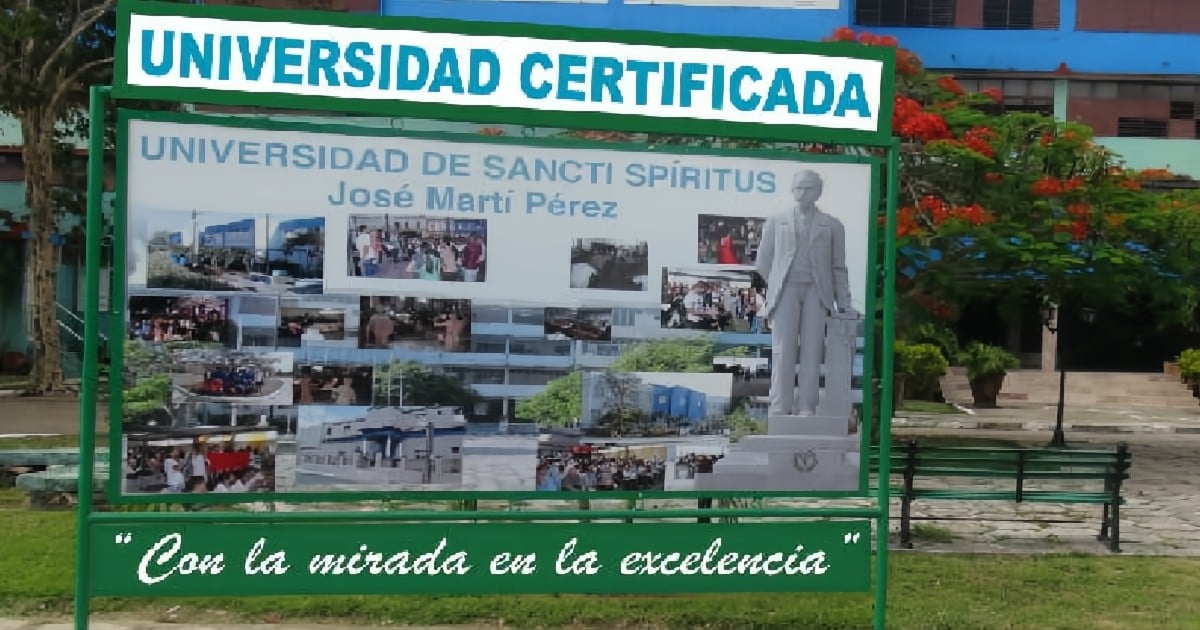Cuban universities, particularly those situated in the central region of the country, have opted to suspend classes starting this Sunday due to the approach of a weather phenomenon expected to impact the island by midweek. "In light of the current meteorological situation facing the country, the Medical University informs its students that classes are suspended this week until further notice," announced the institution in Villa Clara via social media. The statement clarified that this directive does not apply to students in their final years, set to graduate in February 2025, nor to the ninth-grade technical nursing program.
Meanwhile, the Central University 'Marta Abreu' of Las Villas (UCLV) stated that "activities will resume once the tropical storm no longer poses a threat to the province," with official updates to be provided through its communication channels. Additionally, the prestigious José Martí University in Sancti Spíritus informed students, faculty, and staff that "activities will continue remotely and will resume in-person once the tropical storm no longer presents a danger."
Following these announcements, the pro-government Radio Ciudad del Mar in Cienfuegos reported that transportation for students traveling to UCLV in neighboring Villa Clara has been suspended.
Forecast models as of Sunday indicate that Invest-97 is moving towards the western tip of Cuba, with a possibility of developing into a tropical depression by Monday. There is a significant chance it will become Tropical Storm Rafael upon reaching the Gulf on Tuesday or Wednesday. Some models suggest it might stall or dissipate in the Central Gulf, while others predict it will head north towards the Gulf Coast between Wednesday and Friday, with an expected weakening during this time.
The National Hurricane Center (NHC) reports that disturbance AL97 from the current Atlantic and Caribbean hurricane season is causing disorganized showers and thunderstorms linked to a broad low-pressure area over the southwestern Caribbean Sea. The NHC warns that, regardless of its development, there could be locally heavy rainfall over parts of the western Caribbean's adjacent land areas, including Jamaica, Hispaniola, and Cuba.
